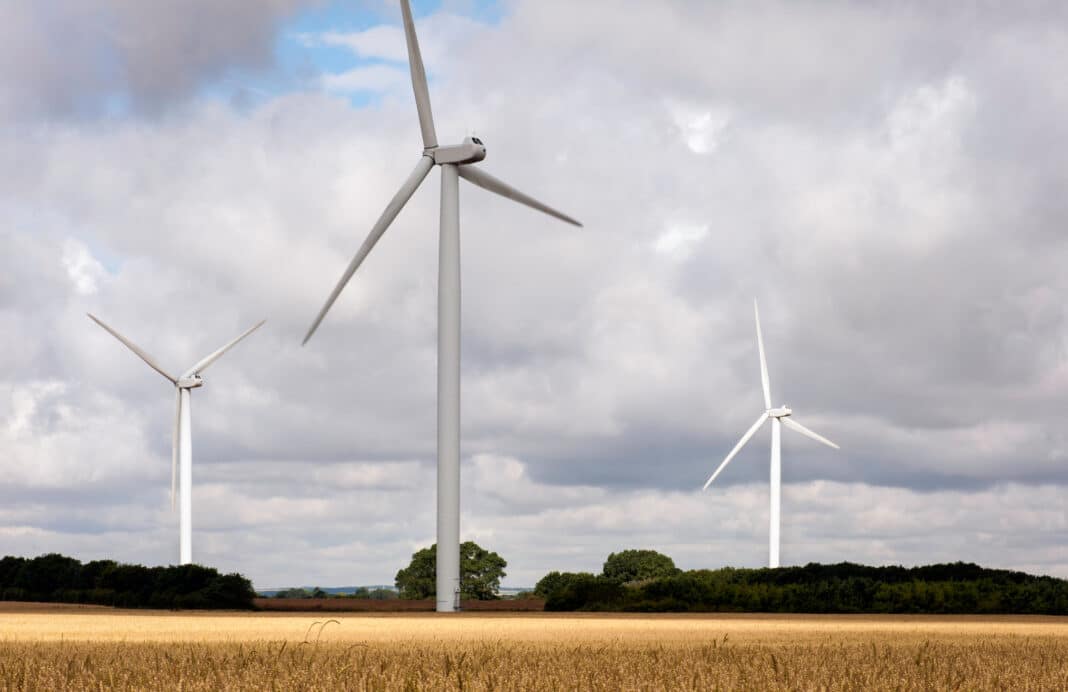The demand for compact, efficient, and reliable power distribution systems continues to grow. Urbanisation, industrial expansion, and renewable integration have all placed immense pressure on electrical infrastructure.
Gas Insulated Switchgear (GIS) has emerged as a transformative technology in modern power distribution systems. Known for its compact design, exceptional safety, and high operational reliability, gas insulated switchgear for reliable power distribution is redefining how electrical energy is transmitted and managed across sectors. But is it truly the future of reliable power distribution?
Understanding Gas Insulated Switchgear
Gas insulated switchgear is an advanced electrical equipment assembly where all live components are enclosed within metal housings and insulated using sulphur hexafluoride (SF₆) gas. This configuration provides superior insulation compared to air-insulated systems, allowing GIS to operate safely under high voltage conditions within a significantly smaller footprint.
Unlike traditional Air Insulated Switchgear (AIS), GIS units are designed to function in compact spaces while offering higher resistance to environmental contaminants such as dust, humidity, and pollution. This makes them particularly suitable for urban, industrial, and offshore environments where space constraints and harsh conditions are prevalent.
Compact design for space optimisation
One of the most compelling advantages of GIS is its compact size. Compared to conventional systems, GIS requires up to 70% less physical space. This is invaluable in urban power substations, commercial complexes, and industrial plants where real estate is limited. The smaller footprint allows utilities and facility managers to deploy advanced power distribution systems even in densely populated or confined environments without compromising performance.
Enhanced safety and reliability
Safety is a defining feature of GIS technology. The fully enclosed and grounded metal housing protects operators and maintenance personnel from accidental contact with live components. Moreover, the use of insulating gas provides excellent dielectric strength, minimizing the risk of short circuits or arc flashes.
The sealed construction also ensures consistent performance regardless of external conditions. Whether installed in humid coastal regions, dusty industrial zones, or high-altitude environments, GIS maintains reliable operation with minimal maintenance. This robustness directly contributes to improved uptime and long-term system reliability.
Reduced maintenance requirements
Gas insulated switchgear systems are designed for longevity and minimal upkeep. Because all key components are enclosed and shielded from external factors, the likelihood of contamination, corrosion, or insulation degradation is significantly reduced. This translates into lower maintenance costs and fewer operational interruptions.
For utilities and industries, this reliability is critical. Downtime due to equipment failure can result in substantial production losses. Deploying GIS minimises this risk, ensuring continuous and efficient power delivery.
Superior performance in harsh environments
Traditional switchgear can struggle in locations with extreme weather or environmental pollutants. GIS, on the other hand, thrives under such conditions. The hermetically sealed compartments prevent moisture, dust, and corrosive elements from affecting performance.
This makes GIS an ideal choice for power distribution in coastal areas, underground facilities, mining operations, and industrial zones. The technology’s resilience not only improves safety but also enhances the overall stability of power systems in challenging environments.
Higher operational efficiency
The design of gas insulated switchgear promotes higher energy efficiency and operational precision. The system’s ability to maintain consistent insulation levels reduces energy losses and enhances the efficiency of electrical distribution. Many GIS configurations also support digital monitoring and remote diagnostics, enabling operators to track performance metrics, detect anomalies, and plan maintenance proactively.
By incorporating smart monitoring systems, businesses and utilities can employ data-driven decision-making to optimise load management and improve energy reliability.
Long-term cost efficiency
Although the initial investment in GIS may be higher than traditional switchgear, the total cost of ownership is often lower. Reduced maintenance, smaller installation space, and extended operational life contribute to long-term savings. Additionally, the improved safety and reliability of GIS minimise costly power interruptions, equipment failures, and unplanned outages.
Partnering with trusted energy solution providers
To fully leverage the benefits of gas insulated switchgear, businesses and utilities should collaborate with reputable energy solution providers. Expert partners ensure precise system design, proper installation, and ongoing maintenance that align with safety and performance standards.
Working with trusted providers also ensures access to advanced GIS configurations, compliance with environmental regulations, and tailored solutions for unique operational requirements. Such partnerships help organisations deploy GIS effectively, guaranteeing long-term efficiency and reliability in power distribution systems.




